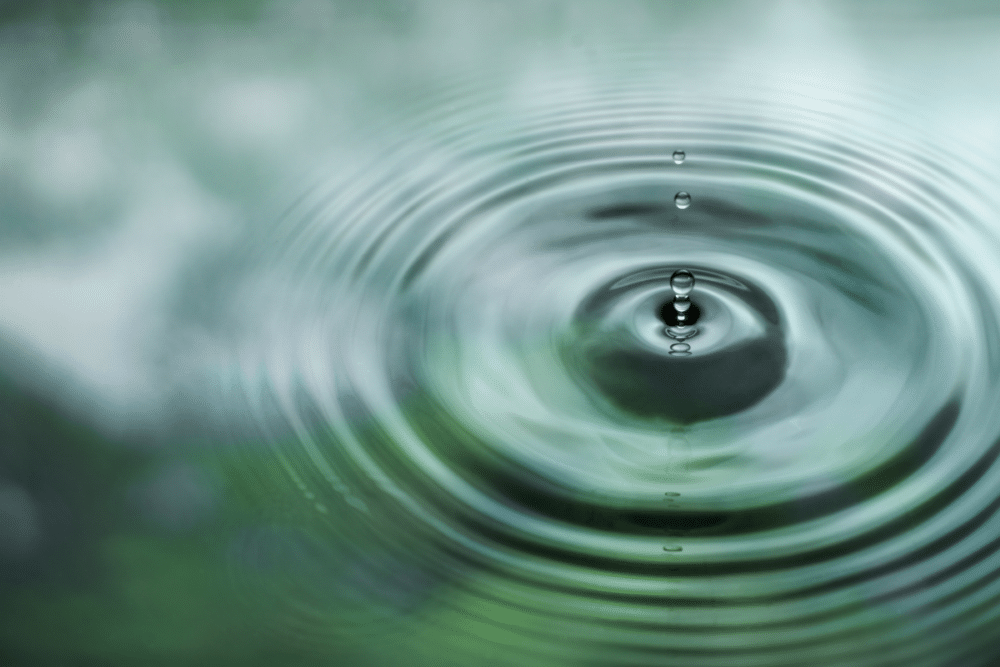Water management is as crucial as ever, and many forward-thinking parties are exploring how to use renewable energy to maximize results. Knowing about some possibilities can inspire other decision-makers to take similar actions.
Reducing Water Use in Laboratories
Water is an essential component in many laboratories. Although people cannot eliminate their use of the liquid, they can at least reduce it by making strategic changes. In one case, researchers created a water recirculator powered by renewable energy. One of their goals was to build something that would address people’s dependence on cool tap water in their labs.
They developed an effective and inexpensive solution that does not consume electricity or tap water. This product also dissipates excess heat into the environment through a recirculation system. Additionally, it works for up to three days without an external power source. That functionality is ideal for people who want to use it during rainy weather or cloudy days.
In another example, Srdjan Micanovic, the Chief Technology, Marketing, and Design Officer at GIC Green, explained how his company has revolutionized medical waste handling. He elaborates,
“One of the key technologies we’ve implemented is a fully electric medical waste sterilization process that eliminates the need for high-emission methods like incineration and traditional autoclaves. Unlike conventional approaches that produce hazardous byproducts, our system creates zero harmful waste, and all output is fully recyclable, ensuring a circular waste economy.”
GIC Green is exploring opportunities to use on-site solar power to maximize the outcomes of these sustainable water processing steps. Conventional autoclaves use water to create steam. Alternative methods that capitalize on renewable energy and improved resource management create a brighter future. Deploying advanced technologies such as sensors and leak detection products can substantially reduce water production emissions and get companies closer to net-zero operations.
READ ALSO
Conserving Water With Floating Solar Panels
People are increasingly interested in floating solar panels because they allow users to produce renewable energy on sites that lack the land to support it. One recent investigation concerned calculating the amount of potential energy generation possible through installing floating solar panels on federally owned or regulated reservoirs in the United States.
The researchers said that none of the country’s current projects of this type are over 10 megawatts. However, they believe the lack represents missed opportunities, mainly because the shading from the solar panels conserves water by reducing evaporation. They determined that these reservoirs could generate enough power for about 100 million homes annually, showing that developing even a small portion would have meaningful impacts.
They also believe that hydropower reservoirs could be ideal locations for floating power plants, especially for promoting grid resilience. Suppose a drought temporarily depletes the reservoir. Then, the solar panels could continue generating energy until replenishment occurs.
Another example came from Jordan, one of the countries most affected by water scarcity. Although the nation lacks many natural resources, it has many sunny days, making it an ideal location for more solar panel installations. Researchers explored combining floating photovoltaics with solar-powered irrigation pumps to meet the country’s needs without wasting resources.
Those involved evaluated four systems used at a farm where pumped groundwater supports irrigation needs. One of the findings was that large-footprint floating solar panels significantly reduce surface water evaporation. They were also the most economically attractive and least carbon-intensive options investigated. One calculation was that these possibilities would save users an estimated $1,360 per year through the reduced electrical demand caused by less water pumped into the farm’s irrigation reservoir.
READ ALSO
Pursuing Low-Emissions or Existing Options for Backup Power
Even when decision-makers are not yet ready to embrace renewable energy, pioneering options exist that help them reduce emissions while exploring whether to take the next step. These developments are especially attractive if they allow users to store backup power to use when their usual sources are unavailable.
Allan Schurr is the chief commercial officer at Enchanted Rock, which provides microgrid solutions for backup power. He explains the current circumstances by saying:
“Water and wastewater utilities face an unprecedented combination of challenges — aging infrastructure, increasing climate volatility, and tightening regulatory and budgetary constraints. Meeting the needs of the community requires new approaches to achieve cost-effective and sustainable energy resiliency solutions.”
Schurr continues by mentioning his company’s role in this complex situation:
“At Enchanted Rock, we’ve seen firsthand how advanced natural gas microgrids are transforming the way water utilities achieve power reliability. Providing full-facility backup power with ultra-low emissions, natural gas microgrids ensure uninterrupted water and wastewater services, performing better than diesel, especially during extreme weather events or grid disruptions.”
Elsewhere, an Australian study explored the possibility of creating micropumped hydroenergy storage systems by connecting agricultural reservoirs. This first-of-its-kind investigation indicated this approach could store excess renewable energy less expensively than creating new repositories.
Researchers focused on the country’s 1.4 million farm dams and found more than 30,000 sites that could supply micropumped hydroenergy storage. Their calculations indicated that each could provide an average of 40 hours of backup power. Additionally, capitalizing on existing reservoirs is a practical way to reduce environmental burdens.
READ ALSO
Using Photovoltaics for Increased Climate Resilience
Climate change is already causing challenges for people in many parts of the world. People recognizing its adverse effects have committed themselves to finding specific solutions to address the biggest issues. The first step involves understanding the known effects. For example, researchers have learned that almost 50% of rice crops and approximately 33% of maize experience annual temperature extremes. Many believe tackling the problem from numerous angles could get the necessary results.
One East African project centers on agrivoltaics, growing crops under solar panels. This strategy is ideal because it allows farmers to benefit from renewable energy without sacrificing land ordinarily used for food production.
This study showed that numerous produce, including Swiss chard, maize and beans, flourished on the partially shaded land. Additionally, shading the land reduced water evaporation and introduced opportunities to harvest rainwater from the panels, both of which improve water management.
Although the researchers saw numerous benefits, they cautioned that this is not a universal solution, and people must tailor it to specific locations for the best results. However, they confirmed that the solar panels created microclimates that made crops more productive and heat-resilient, which is ideal for areas at high risk of climate change’s adverse effects.
READ ALSO
Using Water Systems to Enhance Grid Stability
People have become increasingly interested in keeping the electricity grid operating smoothly despite increasing demands making it unstable, along with aging infrastructure challenges. An interesting study indicates an uptick in locations such as wastewater treatment and desalination facilities could elevate renewable energy adoption rates with strategic internal changes.
Researchers created a framework to help water facility operators and energy managers make usage adjustments to help balance the power grid’s supply and demand fluctuations. Although battery backup systems are popular ways to help with this, industrial water plants are also important for achieving meaningful gains. The study’s authors know that water systems use up to 5% of electricity produced in the United States. However, they believe these entities could cause benefits similar to energy-storage batteries if operators adjust activities to match real-time energy needs.
The team tested their theory on two industrial water facilities and a distribution system while examining four states’ tariff structures and utility prices. The findings indicated that these water providers could affect up to 30% of their energy usage from peak times to less in-demand periods, achieving significant cost savings and easing grid stress.
Additionally, the research showed the highest potential associated with desalination plants, which could most easily adjust operations to recover more water or use less energy depending on current grid conditions. Although people interested in this approach must stay aware of local energy pricing, now is an excellent time to explore changing their water management operations to support the renewable energy transition.
This overview shows many fascinating ways to combine water management essentials with strategic renewable energy decisions. Although these efforts are in the early stages, people should expect to see more examples in the foreseeable future.






![Image [Best of 2025] How Generative AI Is Transforming Industry](/wp-content/uploads/sites/3/AI-4-320x213.jpg)
![Image [BUYING GUIDE] How to Choose the Right Industrial Robot?](/wp-content/uploads/sites/3/Industrial-Robot-320x213.jpg)

![Image [Buying Guide] How to Choose the Right Safety Shoes?](/wp-content/uploads/sites/3/Safety-Shoes-320x213.jpg)

